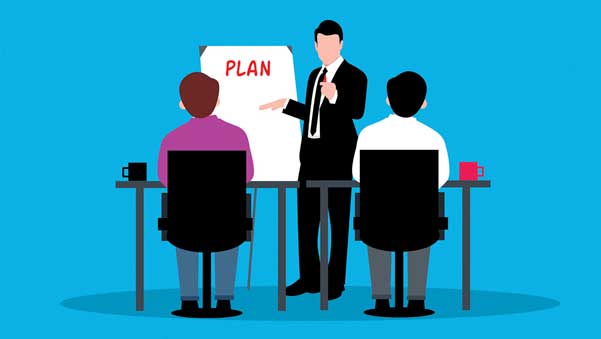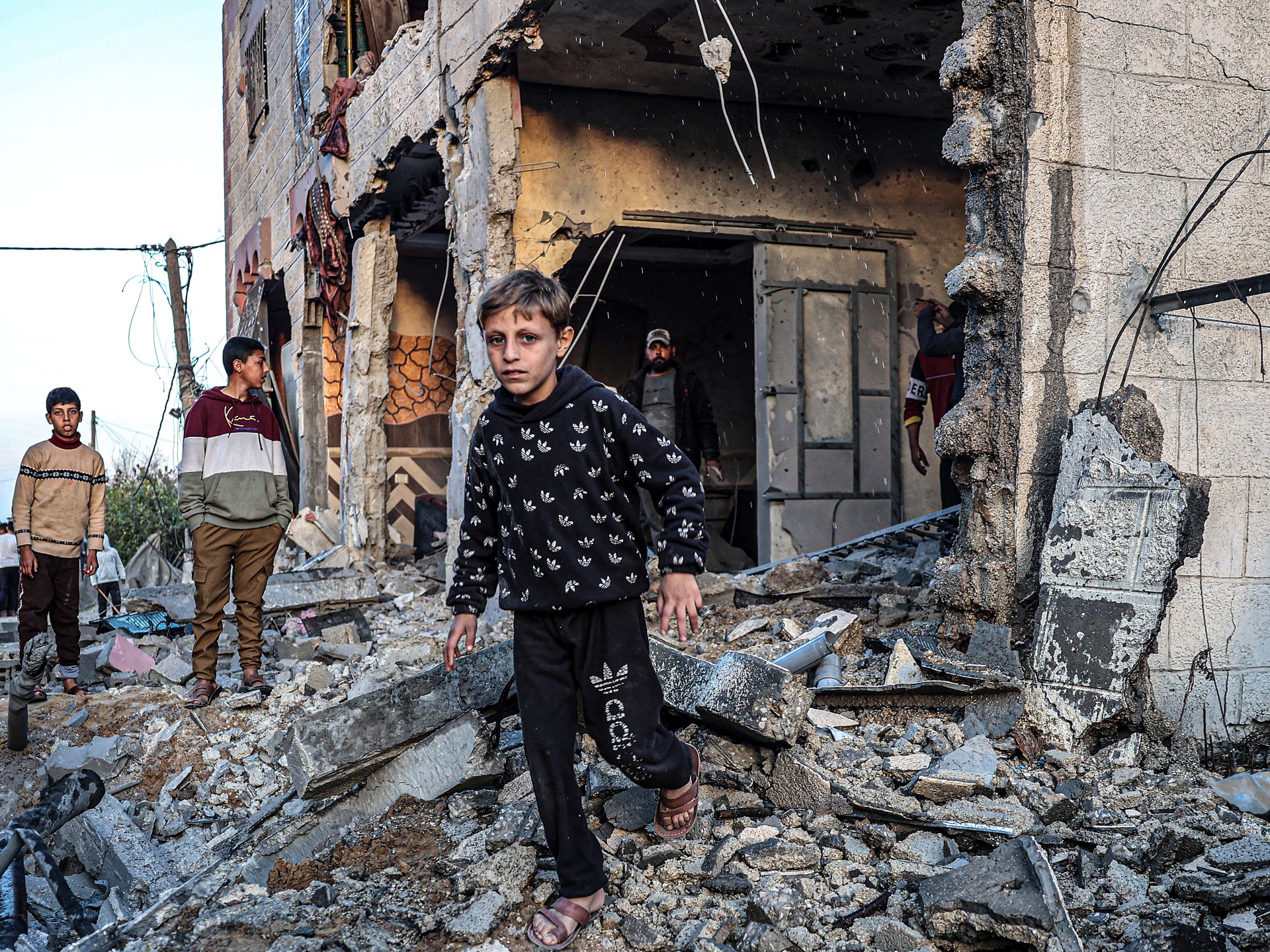How a UN General Assembly Meeting is Organized — Global Issues
UNITED NATIONS, Sep 15 (IPS) – The General Assembly and ECOSOC Affairs Division has around 40 staff members, with the combined role to facilitate the deliberations and decision-making of intergovernmental bodies such as the General Assembly and the Economic and Social Council and their subsidiary organs.
This entails several aspects to assist the presiding officer, Member States and the other participants. For example, we put together the agenda of the intergovernmental body and a programme of work (i.e., calendar) of meetings of that body. We also prepare the presiding officer’s scripts and the list of speakers for the meeting, taking into account rules concerning who can speak and when.
We advise all those involved about applicable rules of procedure, as well as the practices and precedents of these bodies and how these rules are applied. The General Assembly, for example, has the president as well as 21 vice-presidents. Each of the six Main Committees has a chair, three vice-chairs and a rapporteur. We advise them on the proceedings, including how to address unexpected questions or procedural motions from the floor.
We deal with meeting room arrangements and documentation. The latter includes draft resolutions and decisions: we receive those from Member States and have them processed for issuance as an official document in six languages.
This can include draft amendments from other countries that did not agree with the content of the original draft resolutions. We conduct recorded votes if required as well as secret balloting for elections. We also put together a final report of the body.
How the preparations take place
The preparations for a regular session of the General Assembly which starts in September, begin months and months in advance. The document concerning the agenda of the session (normally containing around 170-180 items) is formed in February with what is called a “preliminary list of items to be included in the provisional agenda”.
The list of items for the agenda will continue to grow as new ones are mandated by the adoption of resolutions, so we will keep updating the list and send out what is called the “provisional agenda” in July. The preparation for the list of speakers for the general debate will begin in June, which is where Heads of State and Government and other high-level representatives will speak in the General Assembly Hall in September.
In the meantime, in June, the President of the new session is elected mostly by what is called “acclamation” or without a secret ballot. When there are competing candidates, the election is held by secret ballot cast by Member States. The elected candidate takes office when the new session begins in September, but there is a period between June and September where both the sitting President and President-elect collaborate on handover for the new session.
We put together an information note concerning the High-Level Week in September, as well as a publication called the “Delegates’ Handbook” with practical information on meeting rooms, facilities and services available to delegates. The High-Level Week in September includes, besides the general debate, other meetings on specific topics as mandated by the General Assembly resolutions.
In September 2023, there will be (1) the High-Level Political Forum on Sustainable Development under the auspices of the General Assembly, (2) the High-Level Dialogue on Financing for Development, (3) the Preparatory Ministerial Meeting for the Summit of the Future and high-level meetings on (4) universal health coverage, (5) pandemic prevention, preparedness and response and (6) fight against tuberculosis, and also (7) the High-Level Plenary Meeting to Commemorate and Promote the International Day for the Total Elimination of Nuclear Weapons.
The Secretary-General will also convene the Climate Ambition Summit. Many of them will have an outcome document, on which Member States negotiate many months before the adoption in September.
A tale of two halves
Once the High-Level Week is over, we have the rest of the “main part” of the session from September through December. Besides the General Assembly Plenary, the six Main Committees, from the First Committee to the Six Committee, hold meetings during this period, each based on its own “programme of work”.
These Main Committees will have agenda items allocated to them, under which they adopt draft resolutions to recommend to the General Assembly Plenary. In December, the plenary will consider these recommendations from the Main Committees, while it continues to consider its own agenda items.
The subsequent period, from January to September, is called the “resumed part” of the session. That part has no fixed calendar, but consists rather of meetings that the President of the General Assembly holds on his/her own initiative or in response to a mandate given by a General Assembly resolution. Also seen during the resumed part of the session are informal consultations on topics mandated by resolutions adopted during the main part to, for example, negotiate the organizational arrangements and/or on an outcome document of a
future high-level meeting. These consultations are normally led by Permanent Representatives from different regions appointed by the President of the General Assembly as facilitators.
The list of speakers for the general debate
First and foremost, Member States are requested to inform the Secretariat of their three preferred timings. For the morning meeting and the afternoon meeting of each day, there are only a certain number of speaking slots so we can only accommodate speakers up to that number. Speakers for each meeting are listed based on the established protocol, beginning with the Heads of State, Vice-Presidents and Crown Princes or Princesses and Heads of Government.
Media and seating arrangements
Media accreditation is done by the Department of Global Communications, and there is a media booth where the journalists and camera crews can observe what is going on in the General Assembly Hall. There is a similar space established outside of the General Assembly Hall for journalists to hear from leaders entering/exiting the Hall. The Department of Global Communications also puts together a press kit for the session.
Every year in June, the Secretary-General draws a lot from a box containing all names of Member States. The selected country will occupy the first seat in the Hall once the new session begins in September, and from there, the seating arrangement will follow the English alphabetical order. The same seating applies to the Main Committees.
How we ensure inclusivity
This has been a very important issue for the General Assembly, the ECOSOC Affairs Division and Member States. Four years ago, the General Assembly adopted a resolution to introduce an accessible seating arrangement, whereby a wheelchair-accessible seating is made available upon request by a delegation. The General Assembly Hall has a certain number of such seats, so the requesting delegation is moved to such a seat, and other delegations’ seats are moved by one seat.
We currently have two Member States who request accessible seating on an ongoing basis. This summer, further improvement will be made in the General Assembly Hall by installing a lift for the rostrum so that a speaker on a wheelchair can speak from the rostrum.
Benefits of live broadcasting
The General Assembly involves universal participation of all Member States on all matters humanity faces, so it is very important to share information on the deliberation with the people that it will affect. Civil society, businesses, academics and media are getting more and more involved, so it is a natural progression to offer this feature and strengthen the global platform of the General Assembly.
Kenji Nakano is Chief of the General Assembly Affairs Branch
Source: UN TODAY, the official magazine of international civil servants, Geneva
IPS UN Bureau
© Inter Press Service (2023) — All Rights ReservedOriginal source: Inter Press Service
Check out our Latest News and Follow us at Facebook
Original Source






